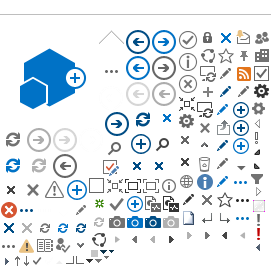ITU-T Study Group 11 - Signalling requirements and protocols
(Study Period 2005 - 2008)
This page refers to a previous study period. For its most recent version, please see
here.
Study Group 11 is the 'signalling' group within ITU-T; it produces ITU-T Recommendations that define how telephone calls and other calls such as data calls are handled in the network. Previously this was mostly in the public switched telephone network (PSTN) and Integrated Services Digital Networks (ISDN). Now as operators look to align this 'circuit switched' based environment with the rapidly emerging Internet technologies, SG11's work is shifting towards Internet protocol (IP) based networks or next generation networks (NGN).
Study Group 11 is home to Signaling System 7 (SS7), without which telecom systems worldwide would not interoperate. All telephone switching systems need signalling. It provides the means for monitoring the status of a line to see if it is busy or idle, alerts that indicate the arrival of a call, and the addressing system that routes calls. Before SS7's implementation, not all nations were parties to standards agreements, which would facilitate the handling of international telephone calls. SS7's implementation paved the way for an efficiently operating international telecommunication networks.
Work Highlights
Another key achievement of this group is the development of a set of ITU-T Recommendations for intelligent network (IN) and bearer independent call control (BICC), published in 2001 and an important step towards NGN, allowing PSTN services including variety of supplementary services to be easily migrated to IP based network architectures. In particular, BICC was adopted by the 3GPP for application to the circuit switched core networks.
